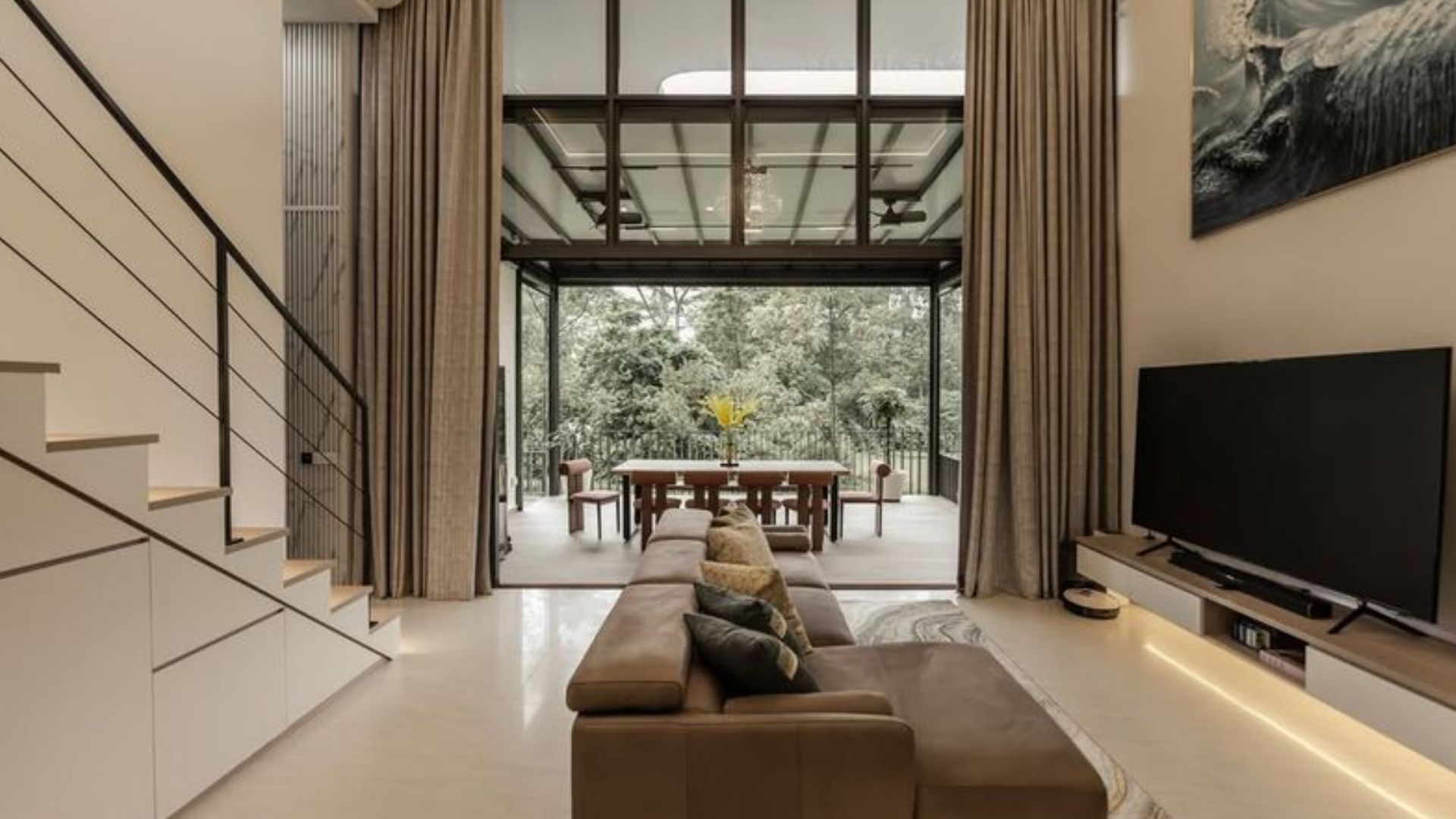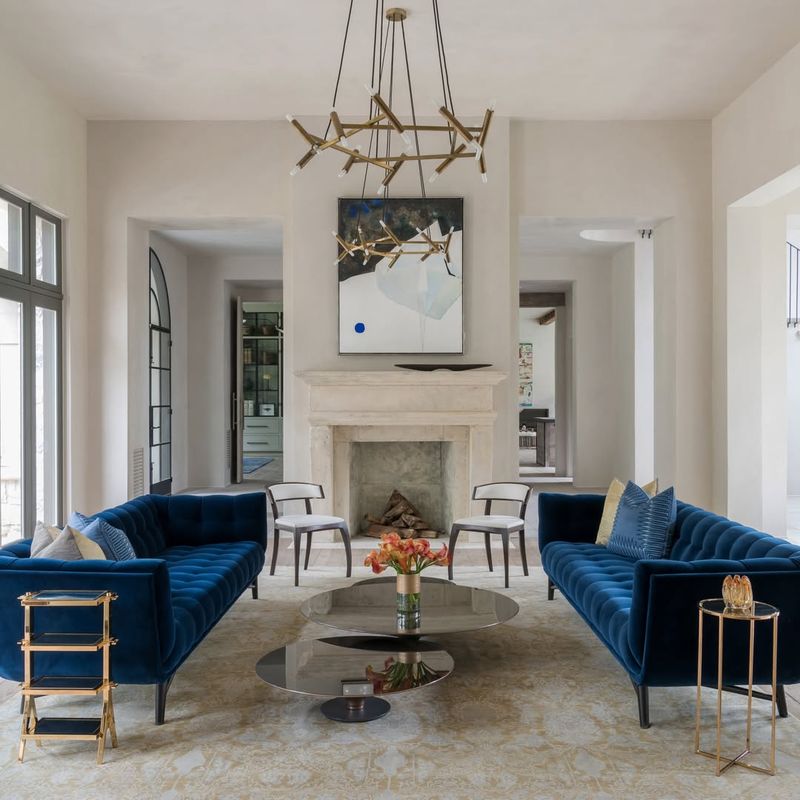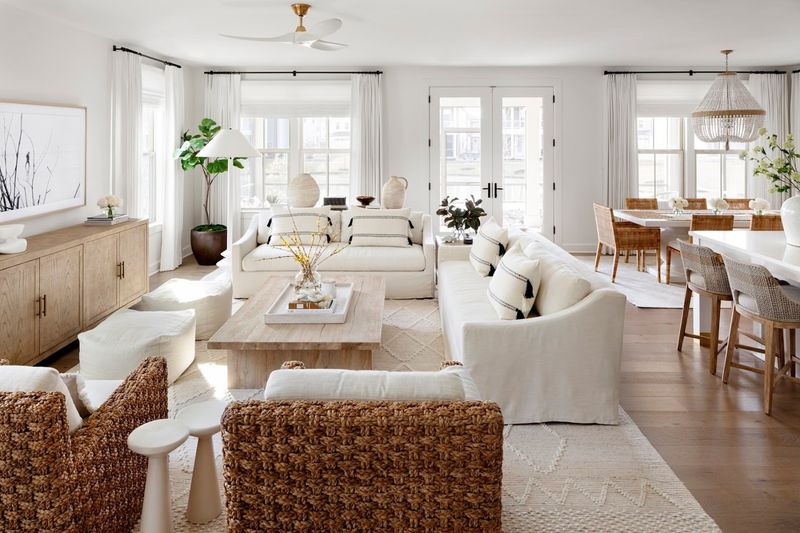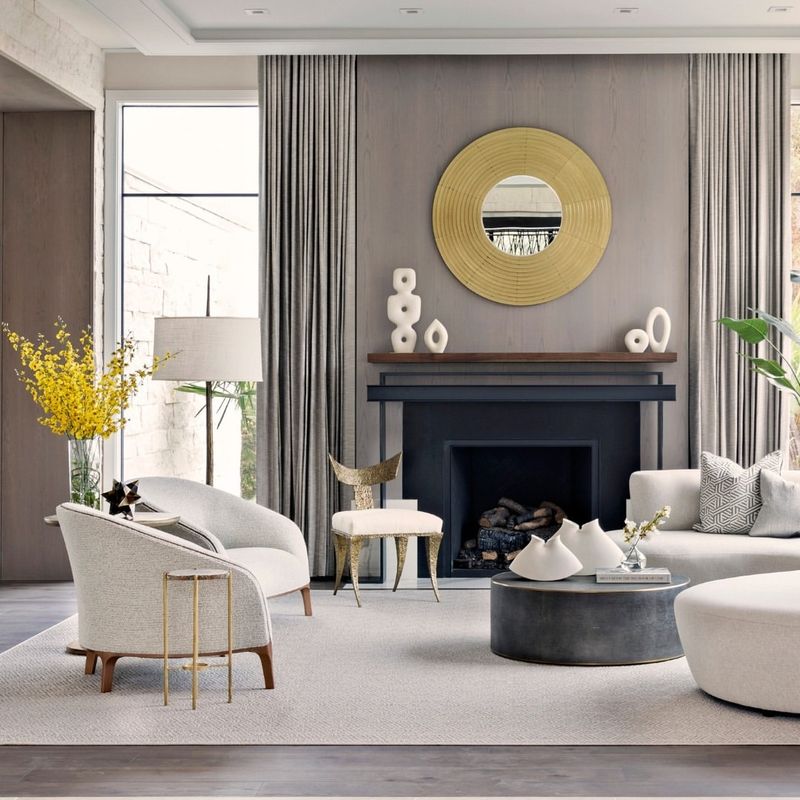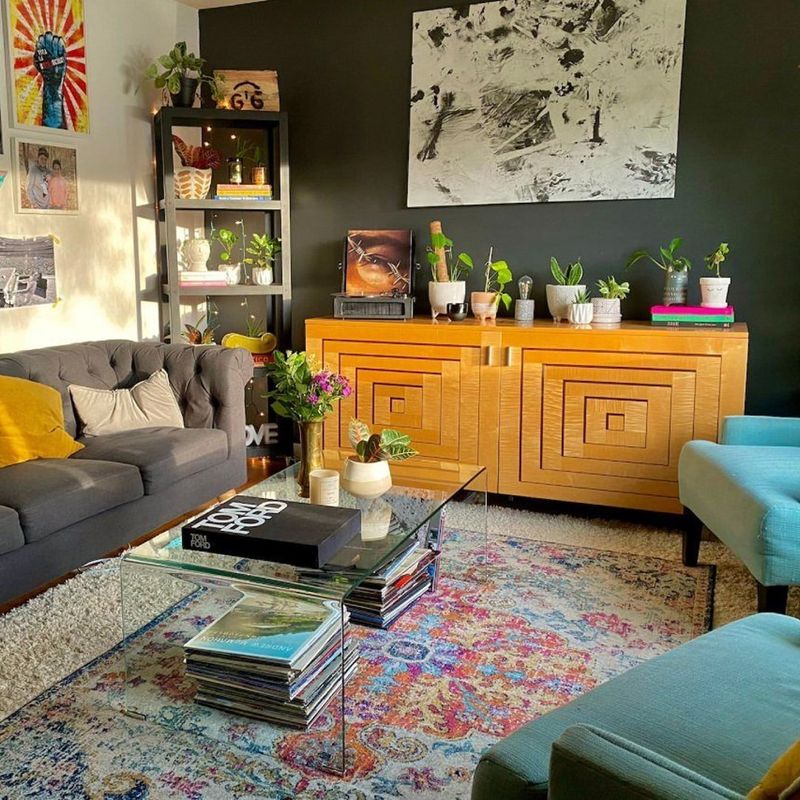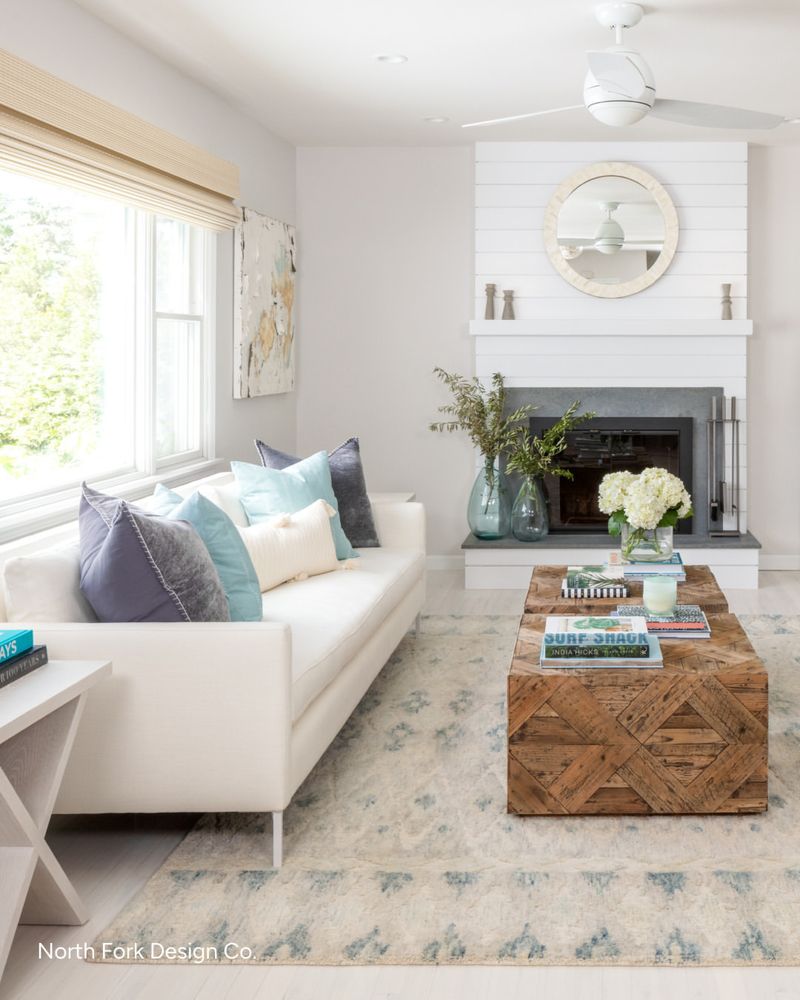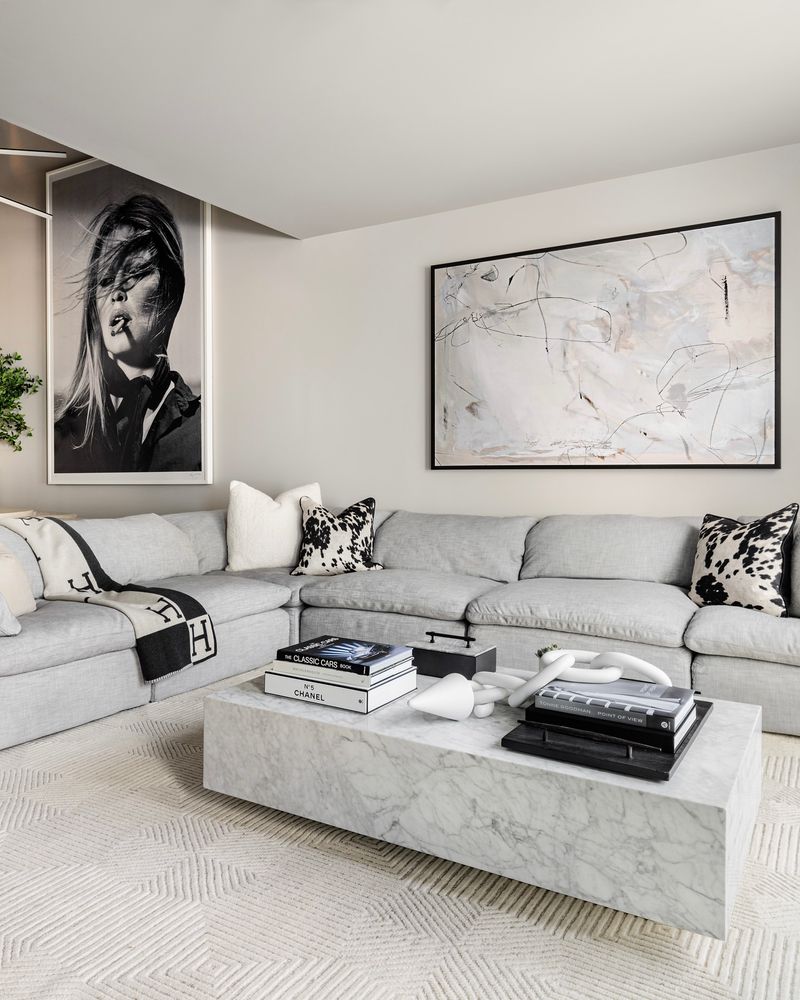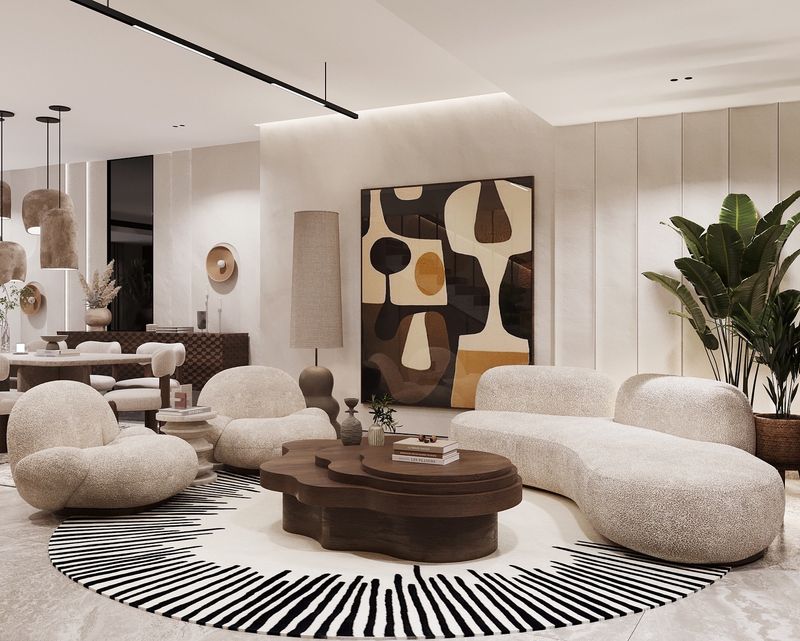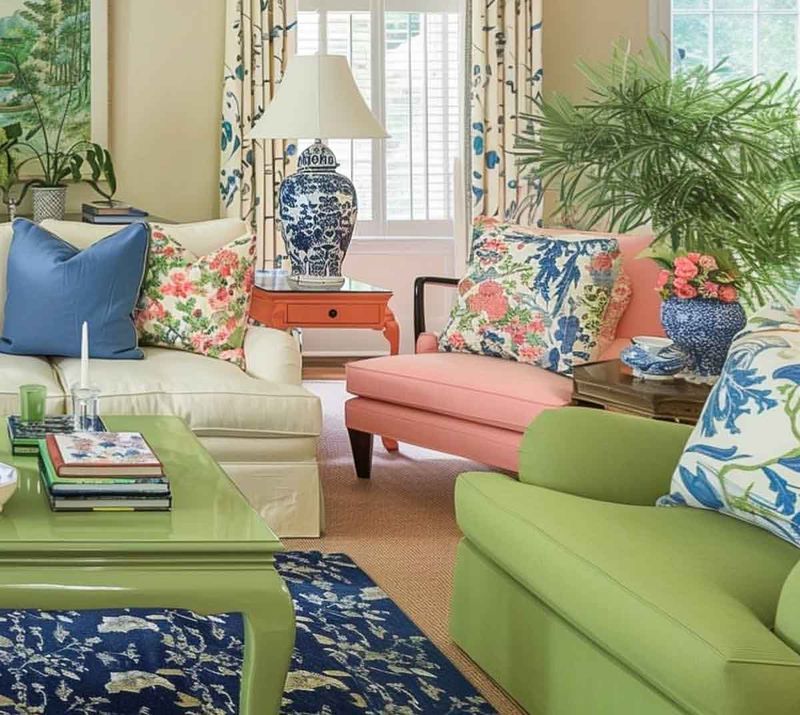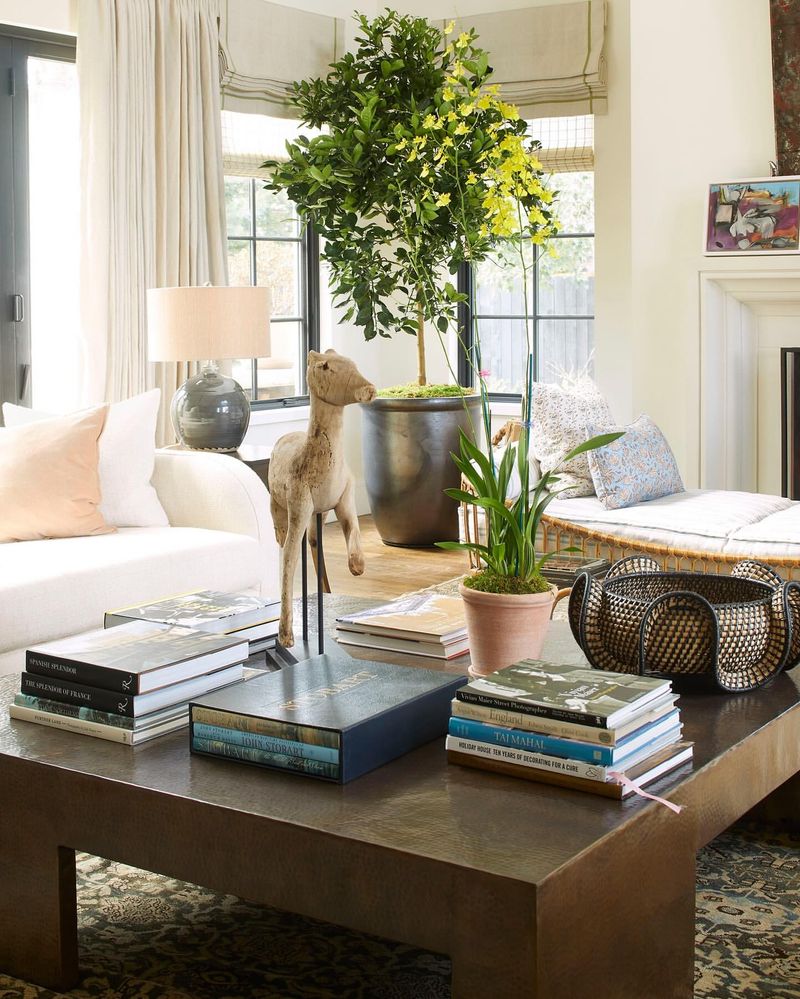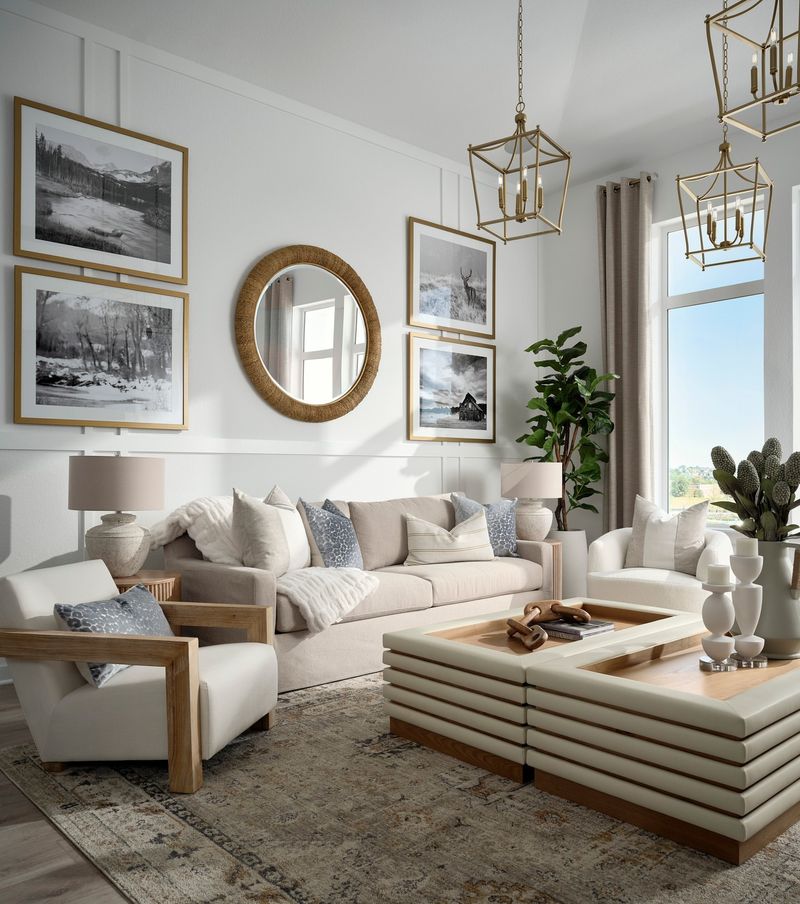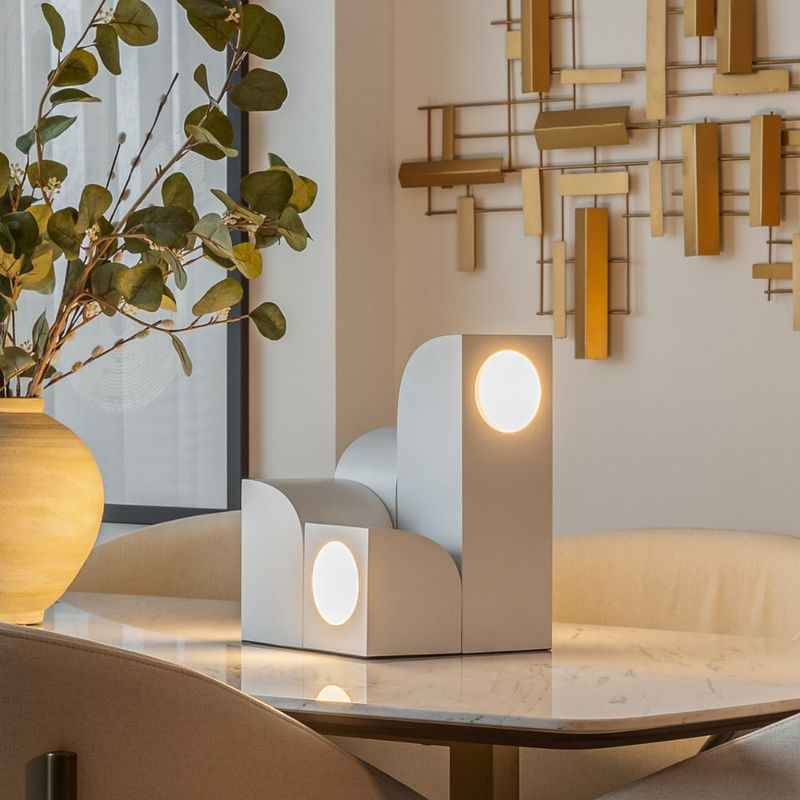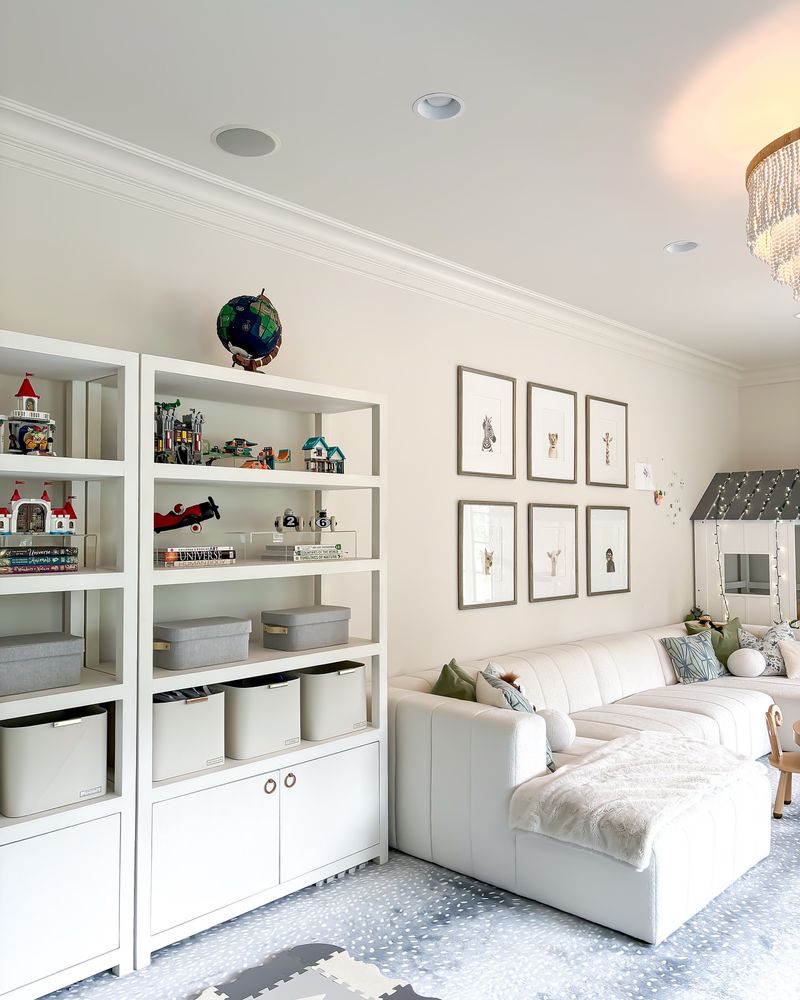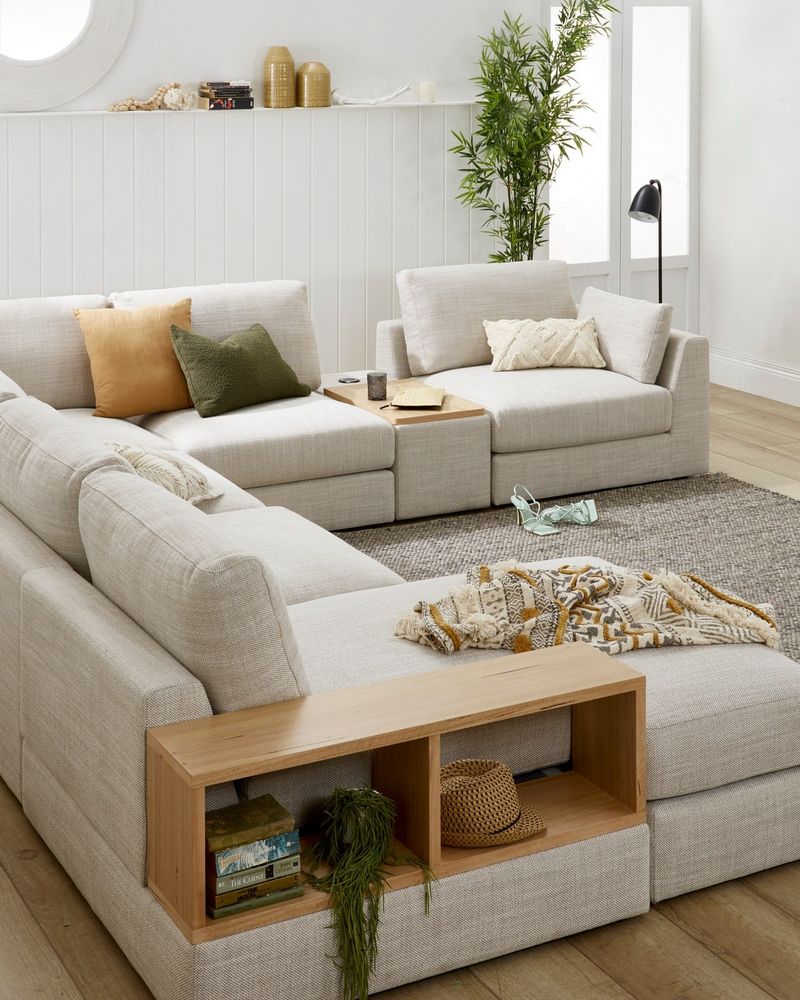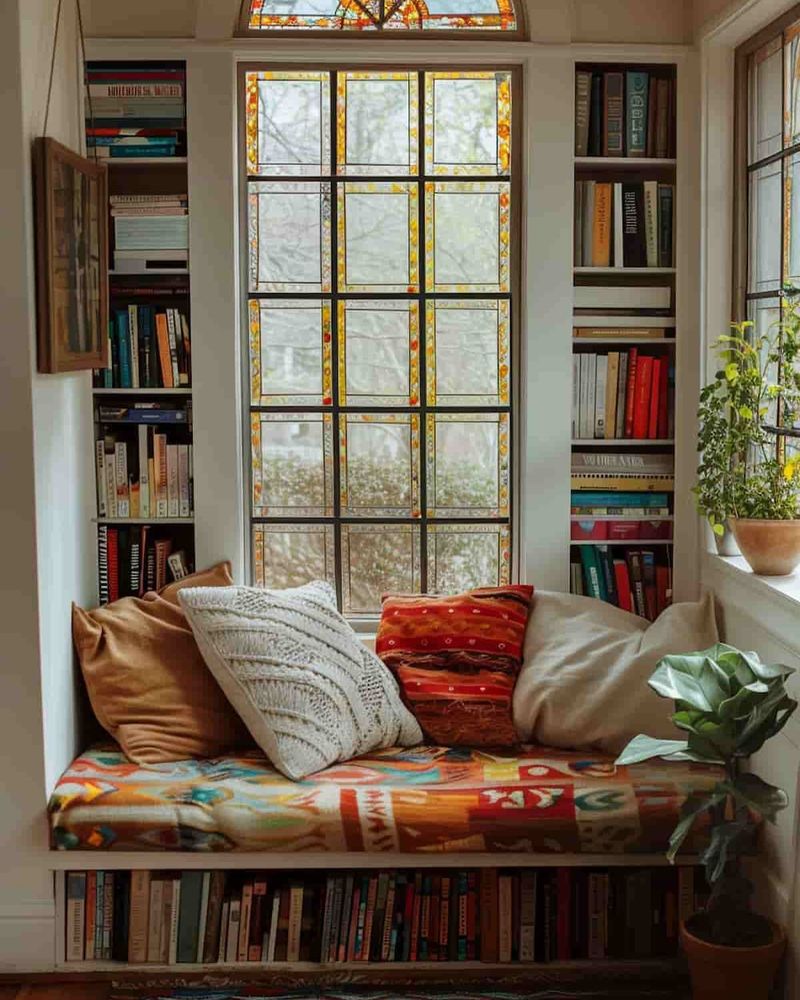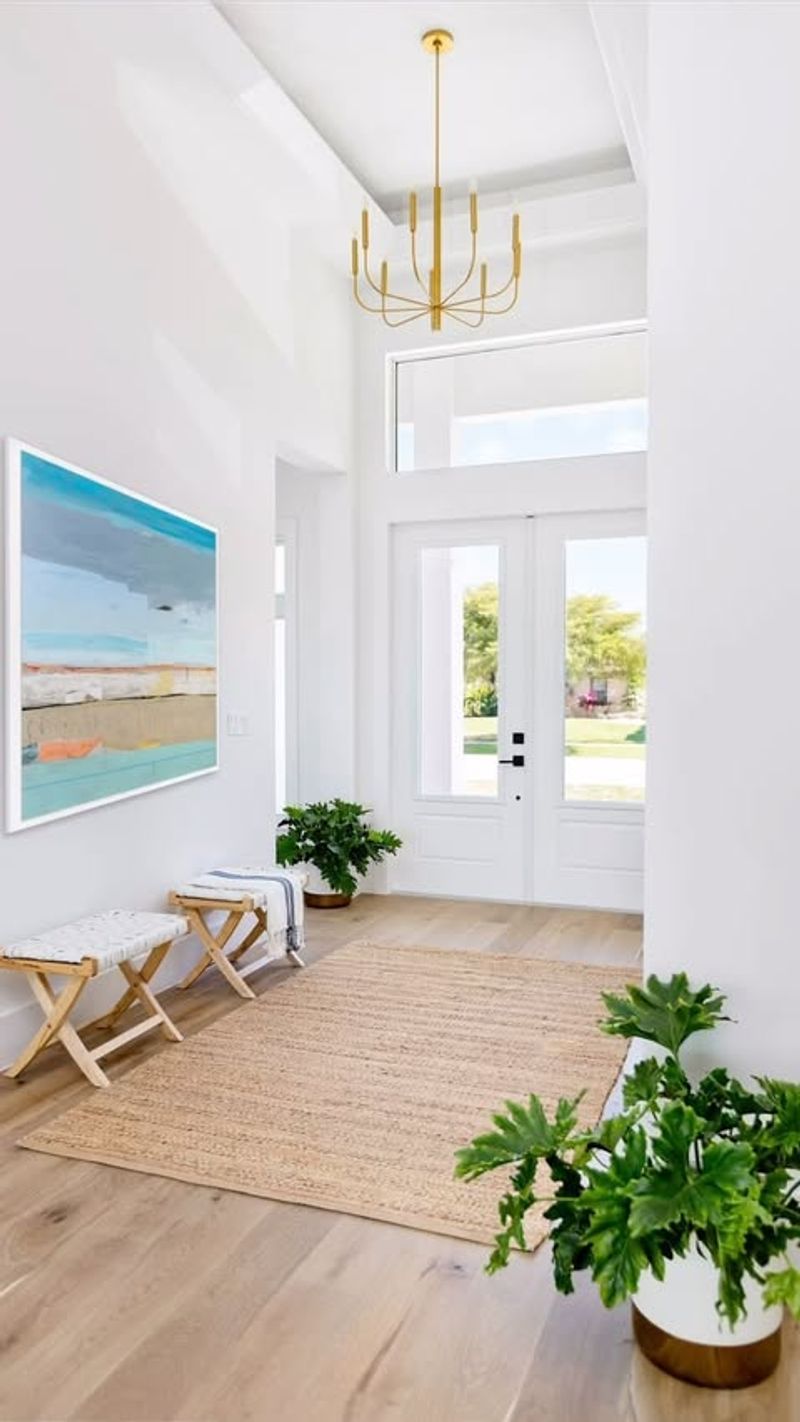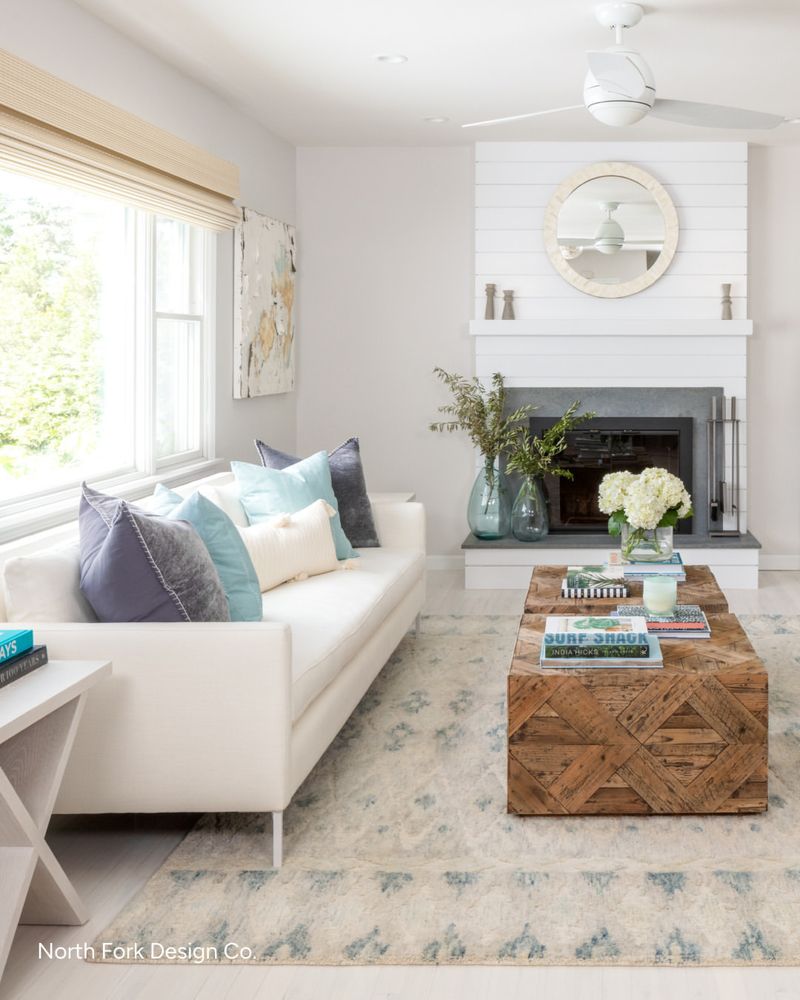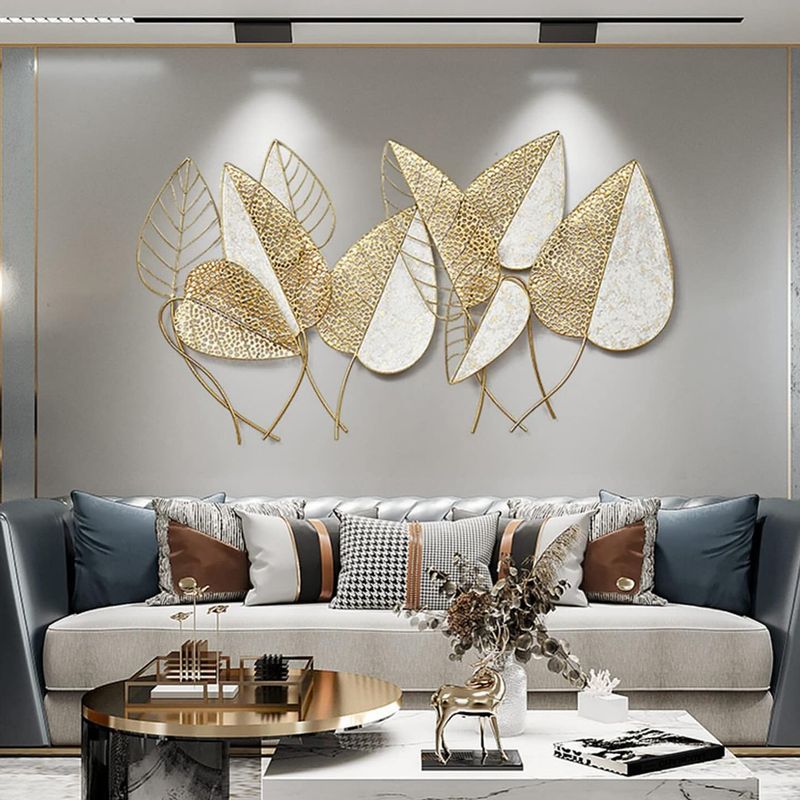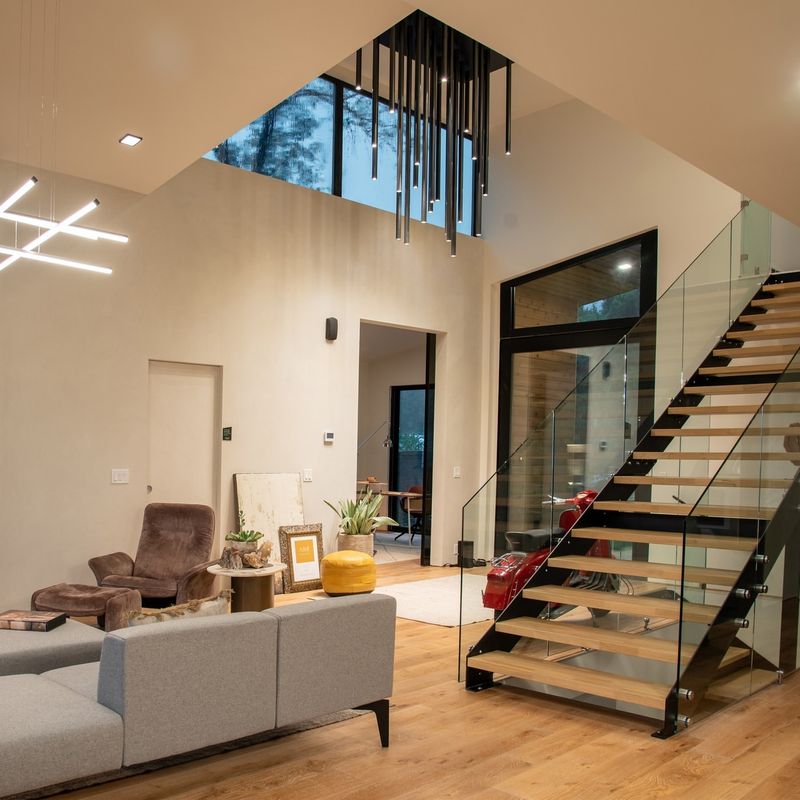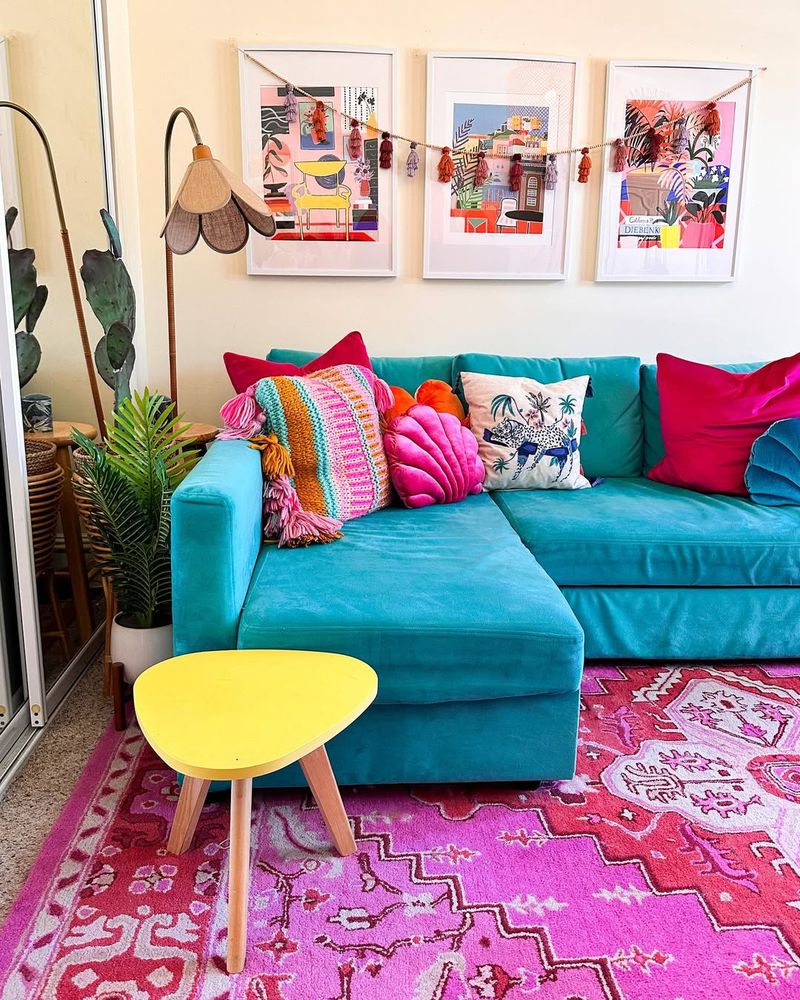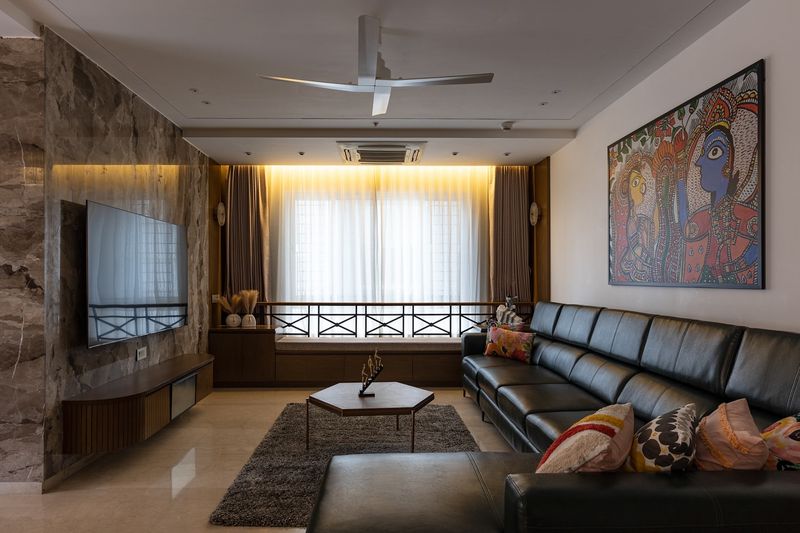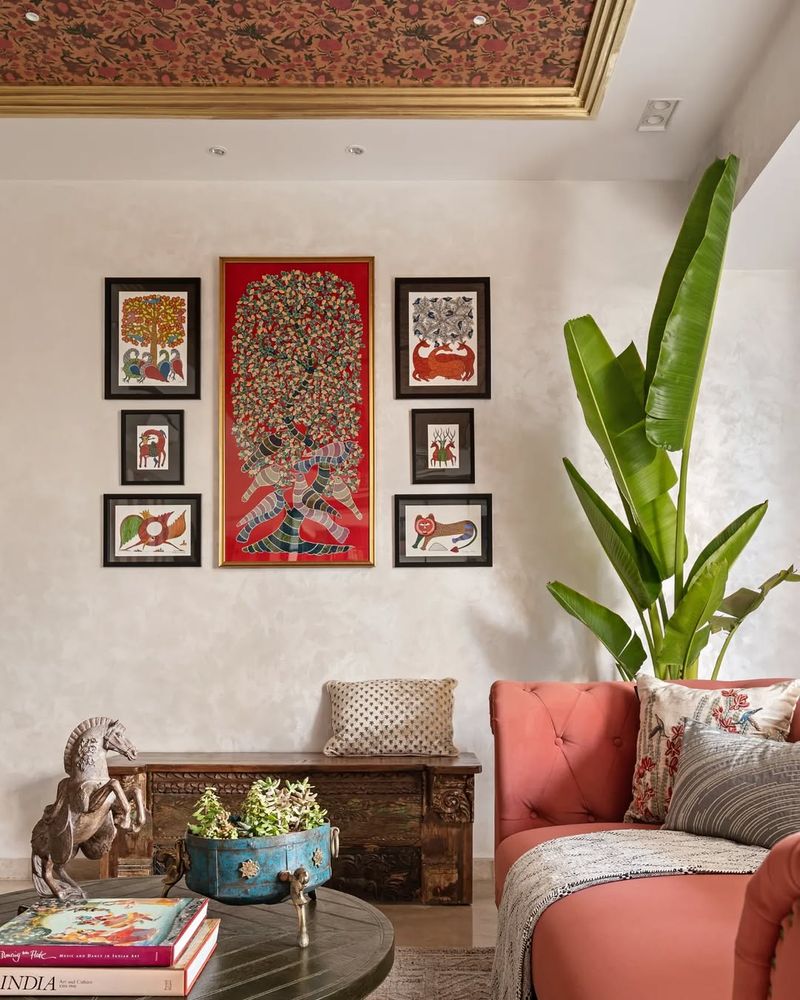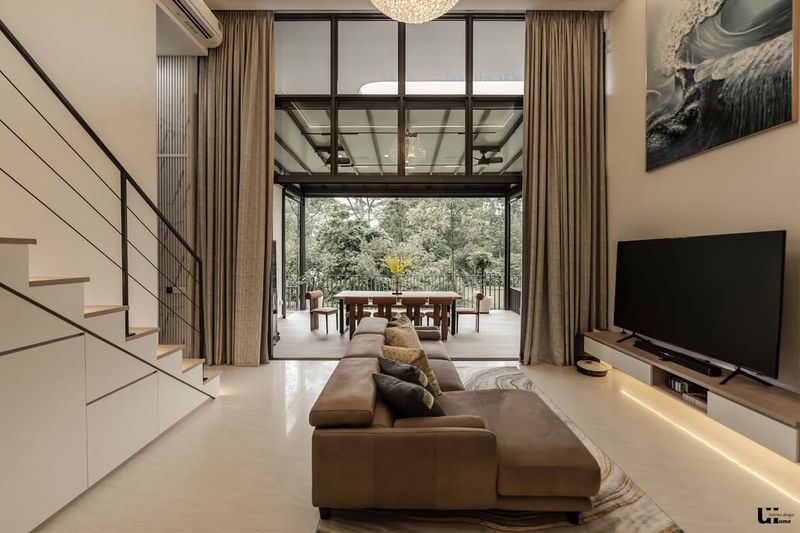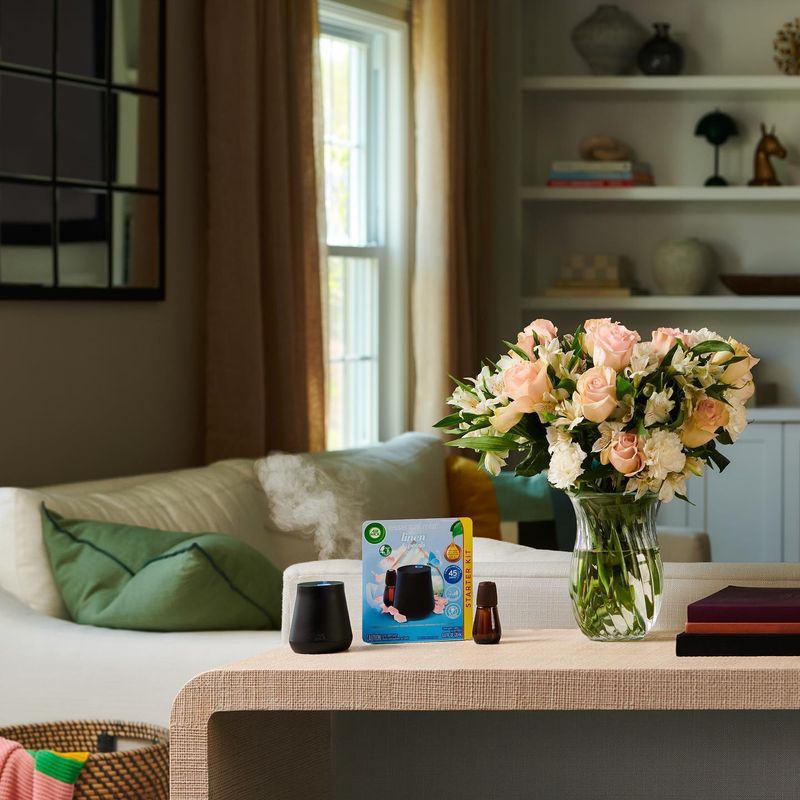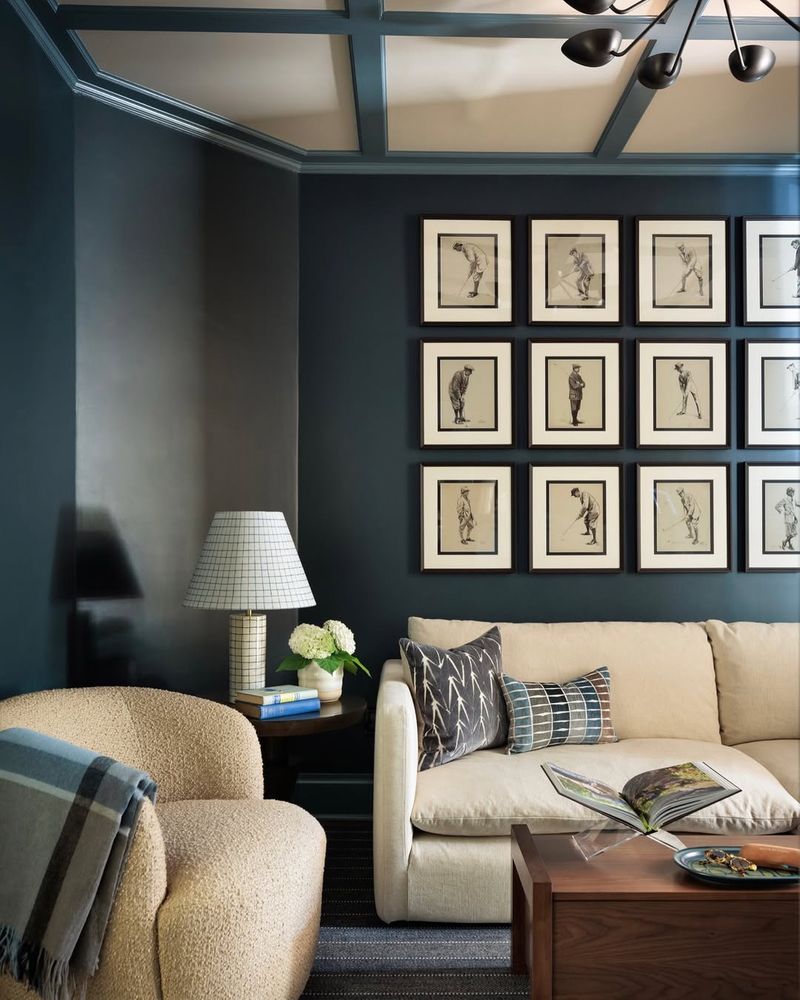Creating a living room that embodies style, comfort, and functionality can become a delightful challenge. Designers often rely on tried-and-true formulas that never fail to impress. Come along as we explore 25 unique, failsafe formulas that designers swear by when planning the perfect living room.
Whether you’re starting from scratch or seeking to refresh your existing space, these insights will guide you to a living room that reflects your personality and meets your needs. Join me in discovering these golden rules of living room design, where creativity meets practicality.
1. The Art of Balance
Balance in design isn’t just about symmetry, but also about creating a sense of equilibrium in your living room. Start by positioning your main furniture pieces in a way that feels balanced. For instance, if you have a large sofa on one side, consider placing two armchairs on the opposite side.
This approach creates a harmonious flow that invites relaxation and conversation. Furthermore, incorporating various textures and colors can contribute to visual balance, making your space feel cohesive without being monotonous. It’s all about finding that perfect blend.
2. Embracing Natural Light
Natural light serves as an essential element in living room design. It has the power to transform your space, making it feel brighter and more inviting. Consider the placement of windows and how they interact with your furniture layout.
Incorporate mirrors strategically to reflect light, enhancing brightness throughout the room. Additionally, opt for sheer curtains or blinds to allow light to flow freely, while still offering privacy. This not only benefits the aesthetics but also uplifts the mood, promoting a positive and lively environment.
3. Choosing a Focal Point
A focal point serves as the anchor of your living room, drawing attention and setting the tone. It could be a fireplace, a stunning piece of art, or even a large window with a view.
Choose something that reflects your style and arrange your furniture around it to create a cohesive space. This approach not only enhances visual interest but also provides a sense of purpose and direction to the room’s design. Remember, the key is to highlight your focal point without overwhelming it, allowing it to shine naturally.
4. Mixing Textures and Materials
Textures and materials breathe life into a living room, offering depth and interest. By combining different elements such as wood, metal, fabric, and glass, you can craft a space that’s both dynamic and cohesive.
Start by selecting a few key materials that resonate with your style and build from there. Whether it’s a velvet sofa paired with a wooden coffee table or metal light fixtures alongside plush rugs, the possibilities are endless. This mix-and-match approach creates a tactile environment, adding warmth and personality to your living room.
5. Optimal Furniture Arrangement
Arranging furniture is an art that can make or break the functionality of your living room. Consider the flow of movement and the activities you envision in the space.
Position seating to encourage conversation, with enough space to move comfortably. Avoid pushing all furniture against the walls; instead, create intimate clusters that invite people to gather. This thoughtful arrangement ensures that your living room feels open and welcoming while catering to your lifestyle needs. It’s about crafting a setting that’s both practical and aesthetically pleasing.
6. Incorporating Personal Touches
Personal touches transform a house into a home, infusing your living room with individuality and warmth. Whether it’s family photos, travel souvenirs, or beloved art pieces, these elements tell your story.
Incorporate items that resonate with you, creating a space that’s uniquely yours. These personal touches add depth and character, making your living room a reflection of who you are. As you arrange them, consider balance and harmony, ensuring that each piece complements the overall design without overwhelming it.
7. Using Area Rugs Effectively
Area rugs serve as the unsung heroes of living room design, offering both comfort and style. They can define a space, add color, and create a sense of cohesion.
When selecting a rug, consider its size, pattern, and texture in relation to your furniture and overall design. A well-chosen rug can anchor a seating area, pulling various elements together. Moreover, it adds a layer of comfort underfoot, making your living room feel inviting and complete. The key is to choose a rug that enhances without overpowering.
8. Playing with Color Schemes
Color schemes have the power to set the mood and style of your living room. Whether you prefer bold and vibrant hues or subtle and calming tones, the right palette creates harmony.
Experiment with different combinations, considering how colors interact with light and textures. A balanced scheme enhances the room’s aesthetics, adding depth and character. Remember, you don’t have to stick to one rule; mixing colors can lead to unexpected and delightful results. Color is your canvas, so let your imagination guide you.
9. Incorporating Greenery
Greenery breathes life into a living room, offering freshness and vibrancy. Houseplants not only enhance aesthetics but also improve air quality, contributing to a healthier environment.
Consider incorporating different types of plants, from large statement pieces to small succulents, to add variety and interest. Place them strategically to complement your design, fostering a connection with nature. This touch of green creates a lively and rejuvenating atmosphere, making your living room feel alive and welcoming.
10. The Power of Layers
Layering is a design technique that adds depth and richness to your living room. By combining various textiles like throws, cushions, and curtains, you can create a cozy and inviting space.
Experiment with different patterns, textures, and colors to achieve a balanced look. Layers add warmth and dimension, making your living room feel more lived-in and comfortable. It’s all about creating a tactile environment that invites relaxation and enjoyment, allowing you to craft a space that’s uniquely yours.
11. Creative Lighting Solutions
Lighting plays a crucial role in setting the mood and functionality of your living room. A combination of different lighting sources such as pendant lights, floor lamps, and wall sconces can create a layered and dynamic effect.
Consider the activities that will take place in the room and adjust the lighting accordingly. The right lighting enhances aesthetics, highlights focal points, and offers versatility. It’s about crafting an ambiance that suits both your functional needs and design preferences, making your living room a true reflection of your style.
12. Organizing with Style
Organization doesn’t have to be dull or mundane; it can be an opportunity to express style. Consider using open shelves, cabinets, and baskets to store and display your belongings.
These storage solutions keep your living room tidy while adding character. Showcase books, decor, and personal treasures in creative ways. The key is to balance form and function, ensuring that your living room remains both organized and visually appealing. It’s about creating a space that feels personalized and clutter-free.
13. Flexible Seating Options
Flexibility in seating transforms your living room into a versatile space that caters to various needs. Consider incorporating a mix of seating options, from sofas and armchairs to poufs and floor cushions.
This variety allows you to adapt to different activities and gatherings, offering comfort and style. Flexible seating arrangements encourage social interaction and relaxation, making your living room a welcoming hub. It’s all about creating a space that accommodates your lifestyle, offering both functionality and charm.
14. Creating a Cozy Nook
A cozy nook within your living room offers a personal retreat for relaxation and reflection. Whether it’s a corner with a comfortable chair or a window seat with cushions, a nook invites you to unwind.
Consider the placement of a small table and a floor lamp to enhance functionality and comfort. This intimate space becomes a favorite spot for reading, meditation, or simply enjoying a quiet moment. It’s about creating a sanctuary within your living room, providing both solace and style.
15. Crafting an Inviting Entryway
The entryway to your living room sets the tone for what lies beyond. Consider crafting an inviting entry with elements like a console table, mirror, and decorative items that reflect your style.
This area serves as a transition from the outside world, offering a preview of your living room’s ambiance. A well-designed entryway creates a positive first impression, inviting guests to explore further. It’s about making a welcoming statement that resonates with your personality and design aesthetic.
16. Defining Zones with Furniture
Defining distinct zones within an open-concept living room allows for versatile use of space. By strategically arranging furniture, you can create areas for relaxation, work, and entertainment.
Consider the flow and functionality of each zone, ensuring a seamless transition between them. This approach encourages diverse activities while maintaining a cohesive look and feel. It’s about maximizing your living room’s potential, offering flexibility and purpose without losing its inviting charm.
17. Artful Displays
Artful displays have the power to transform a living room into a personal gallery. Consider incorporating a mix of artwork, sculptures, and decorative items that resonate with your taste.
A gallery wall or a collection of unique pieces adds character and creativity, reflecting your personality. Arrange these elements thoughtfully to maintain balance and harmony. It’s about crafting a visually engaging environment that tells your story, offering both aesthetic pleasure and a sense of identity.
18. Emphasizing Vertical Space
Vertical space often goes underutilized in living room design. By emphasizing height, you can enhance the sense of space and add visual interest.
Consider tall bookshelves, hanging plants, or wall art to draw the eye upward. These elements create a dynamic and airy atmosphere, making your living room feel larger and more open. It’s about embracing the vertical dimension, adding layers and depth to your design, and maximizing the potential of your space.
19. Incorporating Technology Seamlessly
Technology plays a significant role in modern living rooms, but it doesn’t have to dominate the design. Consider integrating tech elements like TVs, smart speakers, and charging stations in a way that complements your aesthetic.
Discreet placement and clever cable management keep the focus on design while offering functionality. This seamless integration ensures that technology enhances rather than detracts from your living room’s appeal. It’s about striking a balance between innovation and style, creating a space that’s both functional and beautiful.
20. Personalized Color Accents
Color accents offer a simple yet effective way to inject personality into your living room. Consider using colorful cushions, rugs, or artwork to create visual interest.
These accents provide a pop of color that enlivens your space without overwhelming it. Personalize with hues that resonate with you, adding flair and individuality. This approach allows you to experiment and evolve, offering a timeless and flexible design solution. It’s about embracing color as an expression of self, adding joy and energy to your living room.
21. Utilizing Multipurpose Furniture
Multipurpose furniture is a game-changer for living room design, offering flexibility and functionality. Consider pieces like storage ottomans, convertible sofas, and foldable tables.
These items adapt to various needs and activities, maximizing space without sacrificing style. They provide clever solutions for storage, seating, and more, making your living room both practical and aesthetically pleasing. It’s about embracing innovation, offering a design that’s as versatile as it is beautiful, catering to your dynamic lifestyle.
22. Infusing Cultural Elements
Cultural elements offer a rich tapestry to your living room, reflecting heritage and personality. Consider incorporating ethnic textiles, traditional art, or handcrafted furniture that resonates with your background.
These elements tell a story, adding depth and meaning to your space. They transform your living room into a cultural mosaic, offering both aesthetic appeal and a sense of identity. It’s about celebrating diversity and individuality, crafting a space that’s as unique as you are.
23. Blending Indoor and Outdoor Spaces
Blending indoor and outdoor spaces can enhance the sense of openness in your living room. Consider large sliding doors or windows that connect your interior with a patio or garden.
This seamless transition invites nature inside, creating a harmonious flow. Complement the decor with natural elements that resonate with your outdoor surroundings. It’s about embracing the outdoors, offering a refreshing and expansive environment that feels connected and cohesive, enhancing both aesthetics and lifestyle.
24. Curating a Signature Scent
A signature scent adds a unique dimension to your living room, enhancing ambiance and comfort. Consider incorporating scented candles, diffusers, or fresh flowers to create an inviting aroma.
Choose scents that complement your design, offering a sensory experience that engages and relaxes. This subtle touch adds warmth and intimacy, making your living room feel more welcoming. It’s about crafting an environment that appeals to all senses, creating a space that’s both comforting and memorable.
25. Highlighting Architectural Features
Architectural features can serve as focal points, adding character and style to your living room. Consider highlighting elements like exposed beams, brick walls, or arched windows that resonate with your design.
These features offer a unique charm, elevating the overall aesthetic. Embrace them as part of your decor, enhancing their presence with complementary furnishings and accents. It’s about celebrating the inherent beauty of your living room, crafting a space that’s distinctive and inviting, reflecting both history and modernity.

